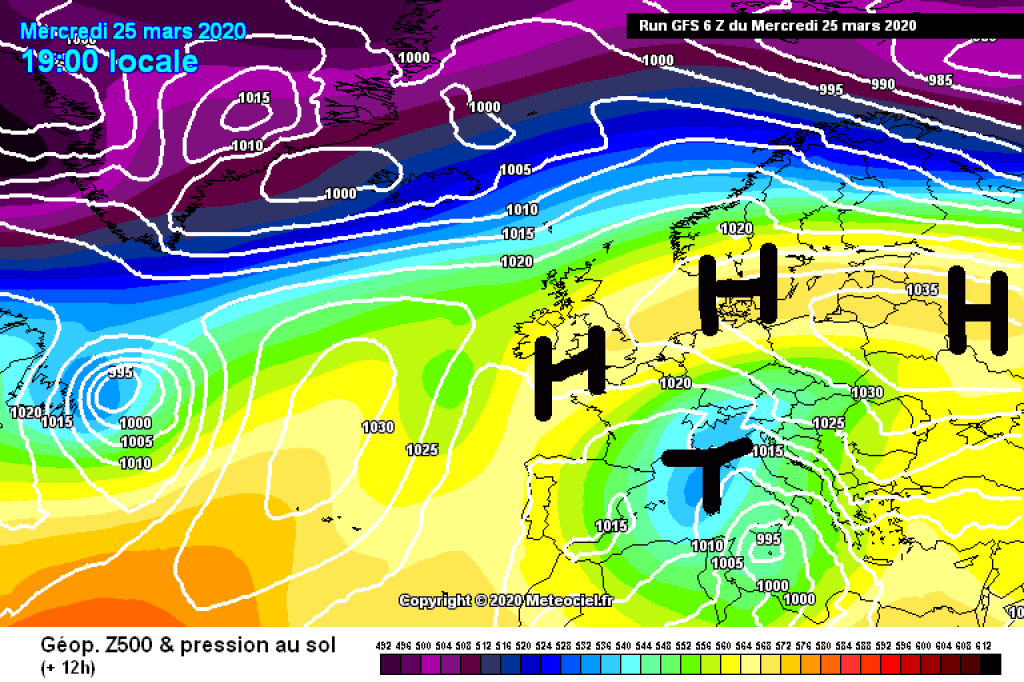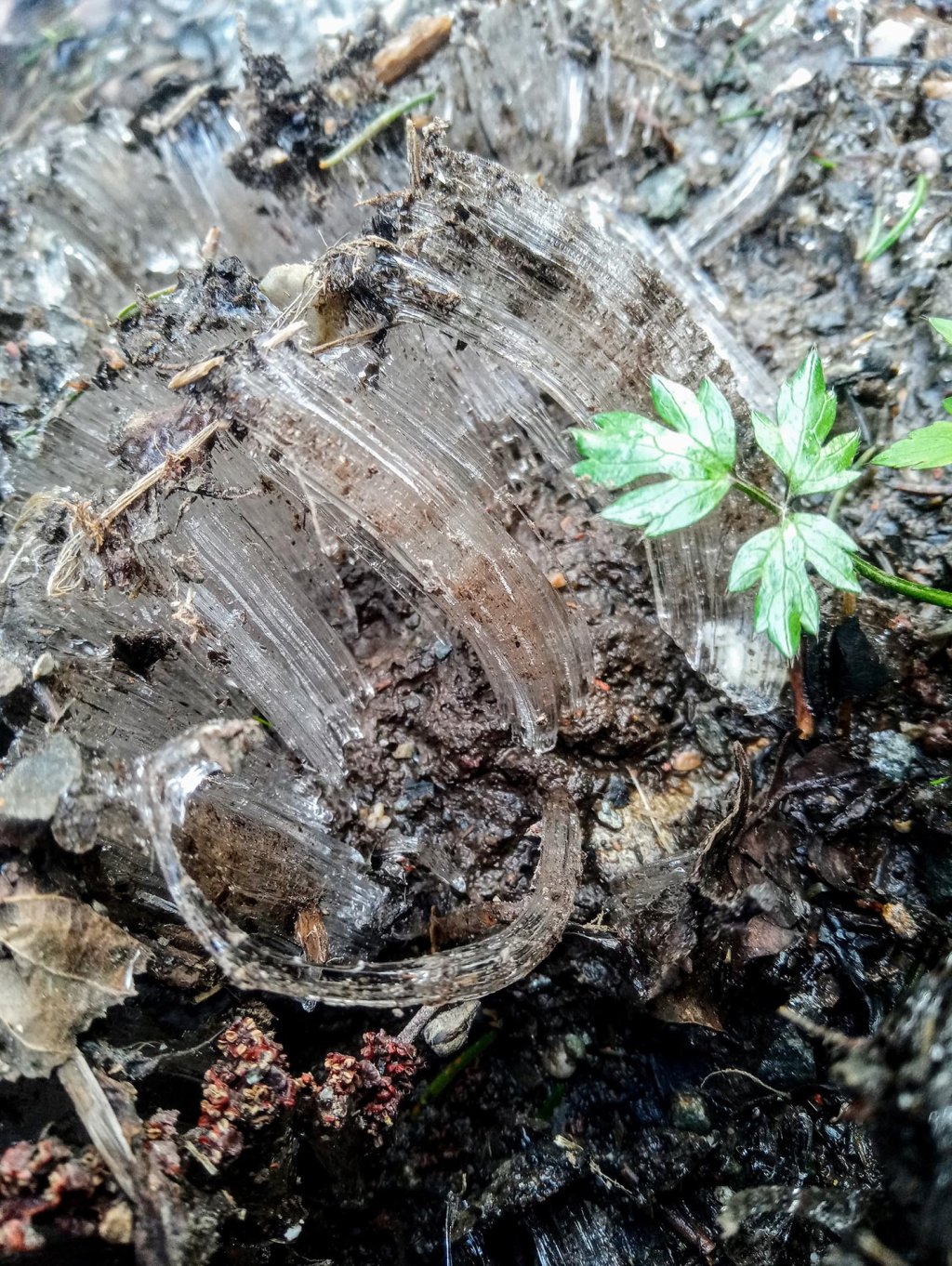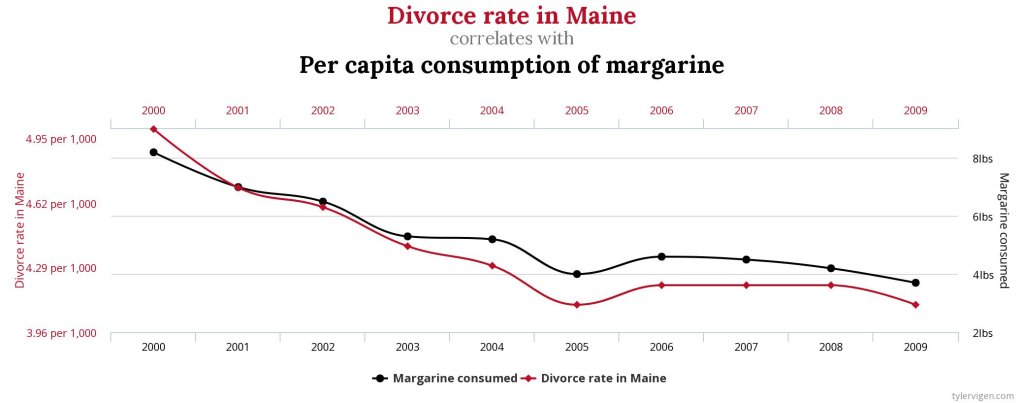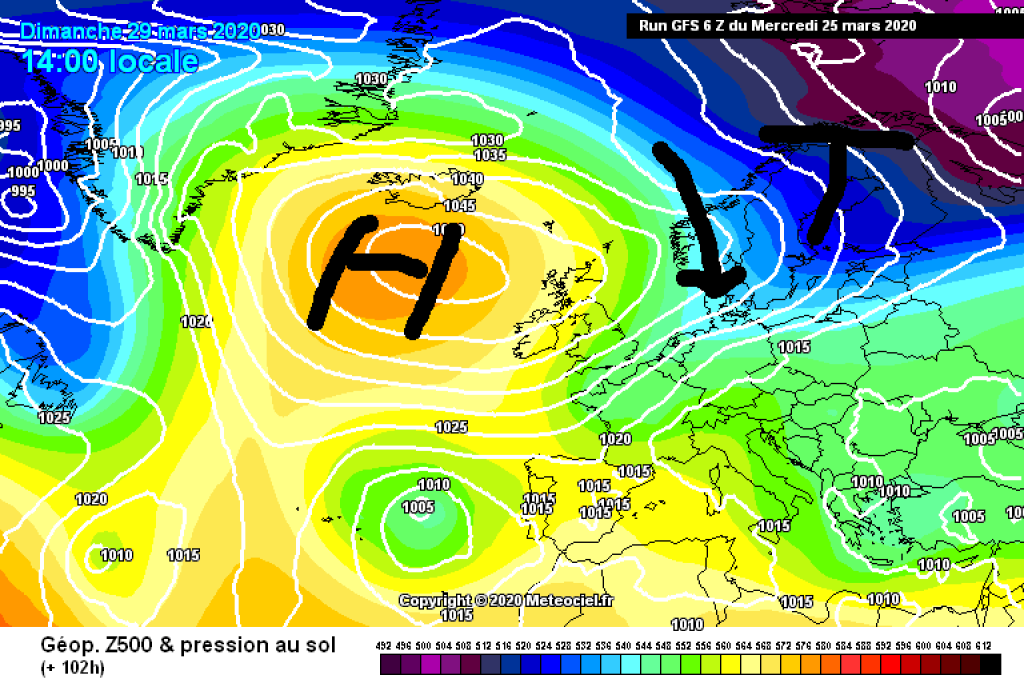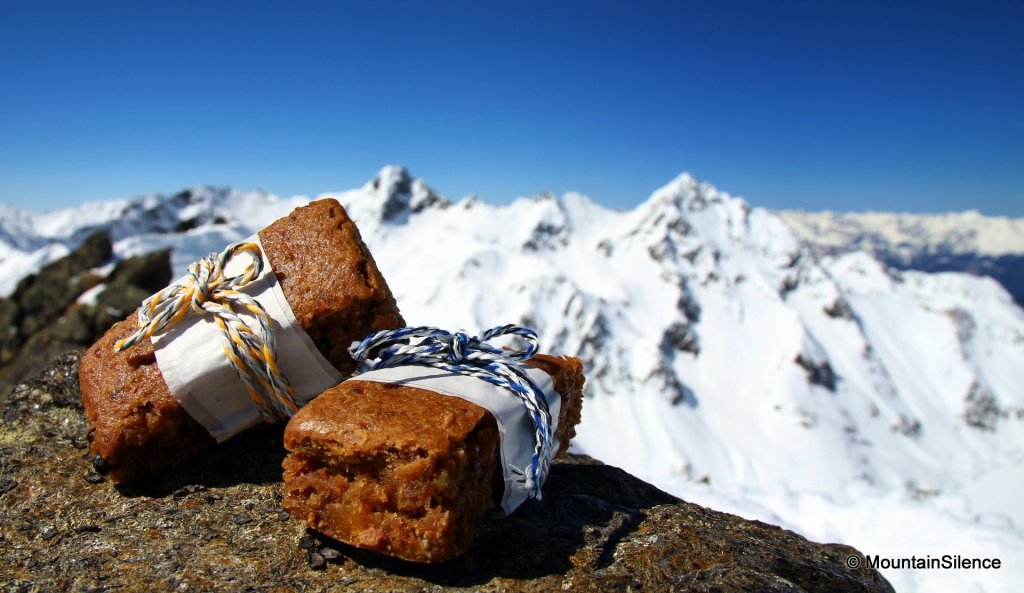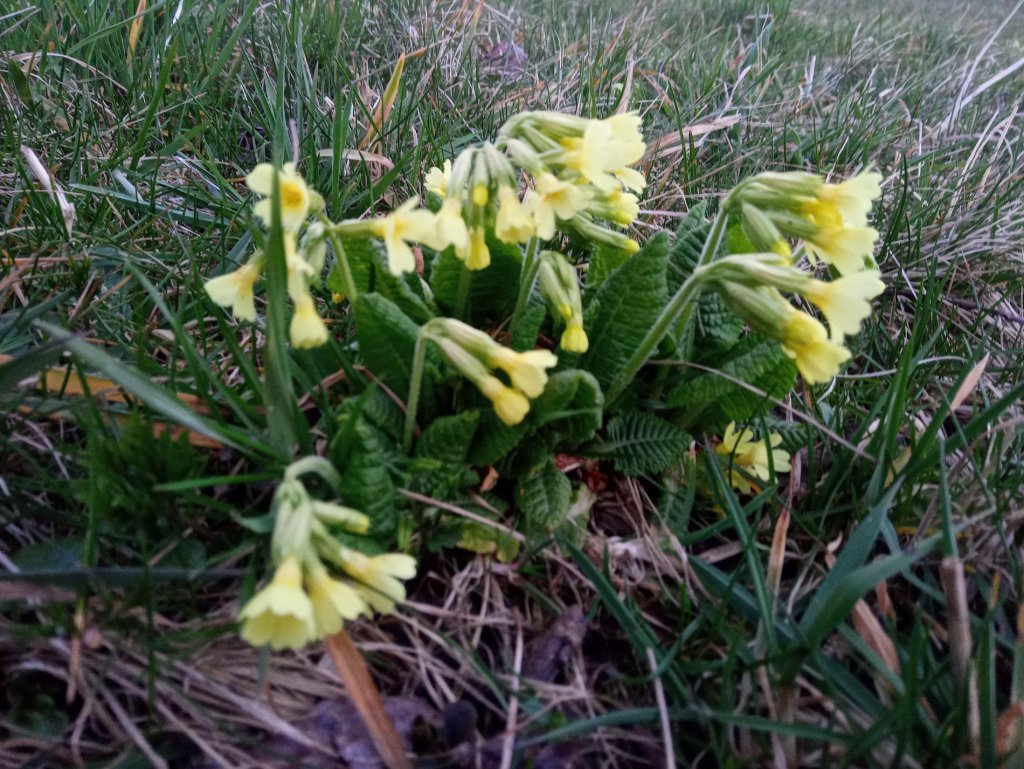The current weather situation is an interesting change after months of westerly weather in winter 2019/20. For once, we are not being hit by one Atlantic front after another, but the continental high is stretching out its fingers towards Central Europe. The cold that has slowed down spring gardening is also coming from the east. The corresponding air mass is not only cold but also very dry, which means that the sky has often been deep blue and cloudless in recent days. As the WeatherBlog has heard the opposite here and there, we would like to point out that the sky would also have been blue if there were currently so many planes flying around, as is usual without a pandemic. When the weather is right, there are simply no, or only very small, short-lived contrails, regardless of the number of planes.
But back to the weather - I'm really struggling to concentrate at the moment and keep getting distracted, do you feel the same? - Anyway, the weather today is not as sunny as yesterday. Stratus clouds are moving from the low over Italy across the main Alpine ridge and into the northern foothills of the Alps, where it's too cold and windy on the balcony today for longer home office activities. On the southern side of the Alps, the clouds will be thicker and a little snow will fall here and there. As the day progresses, clouds and possibly precipitation will spread westwards. In the western Alps, the northern side of the Alps will also remain rather clear despite increasing cloud cover, while balcony conditions in the south will be much less favorable.
